How Businesses Operate
VerifiedAdded on 2023/02/03
|13
|900
|81
Presentation
AI Summary
This presentation provides an overview of the different types of organizations in the UK and how they operate. It covers sole proprietorship, partnership, franchisee, private sector, and public sector. The presentation also discusses the impact of the business environment on Tesco and the importance of customer service and customer profiling for business success.
Contribute Materials
Your contribution can guide someone’s learning journey. Share your
documents today.
1 out of 13
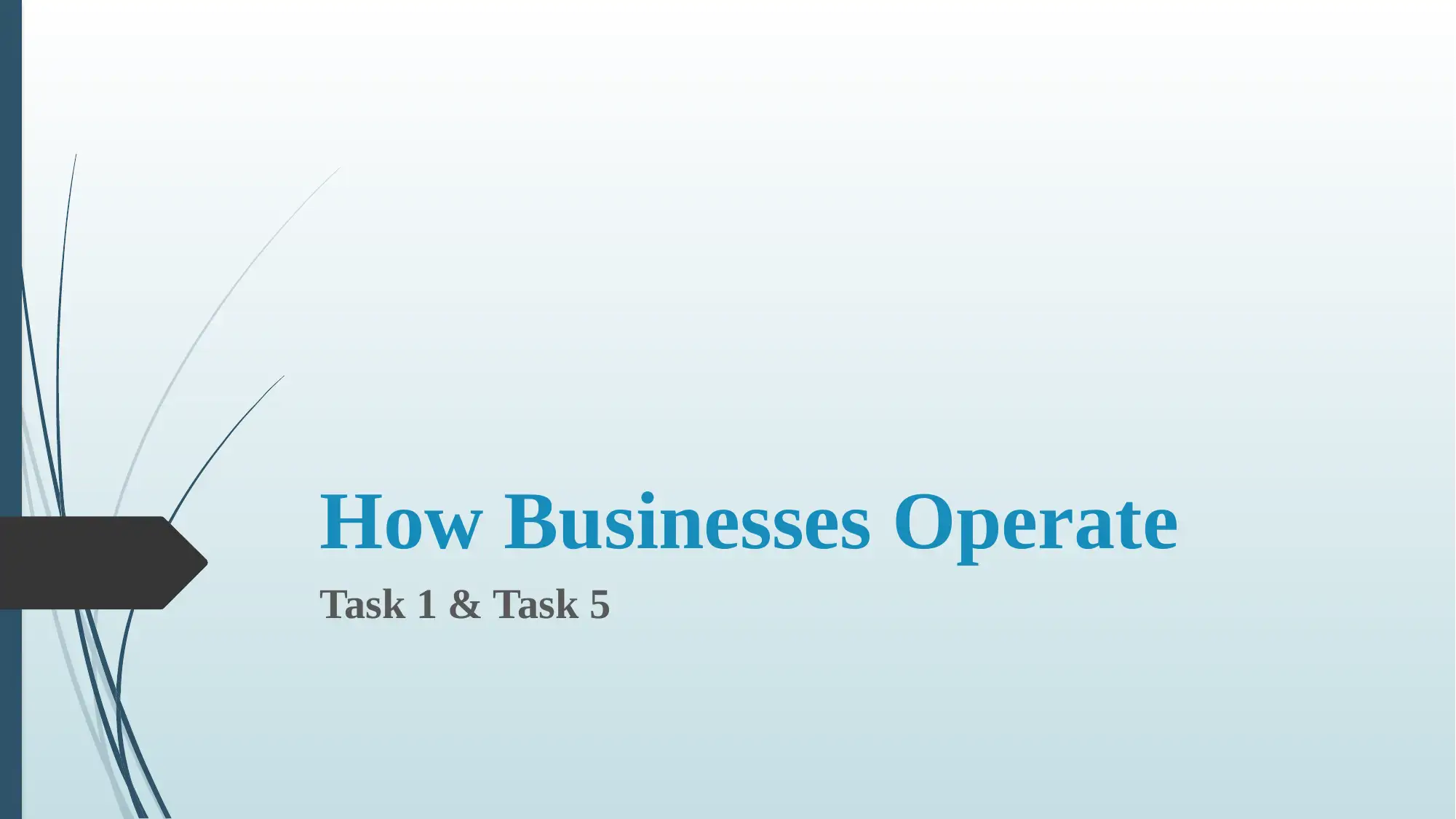
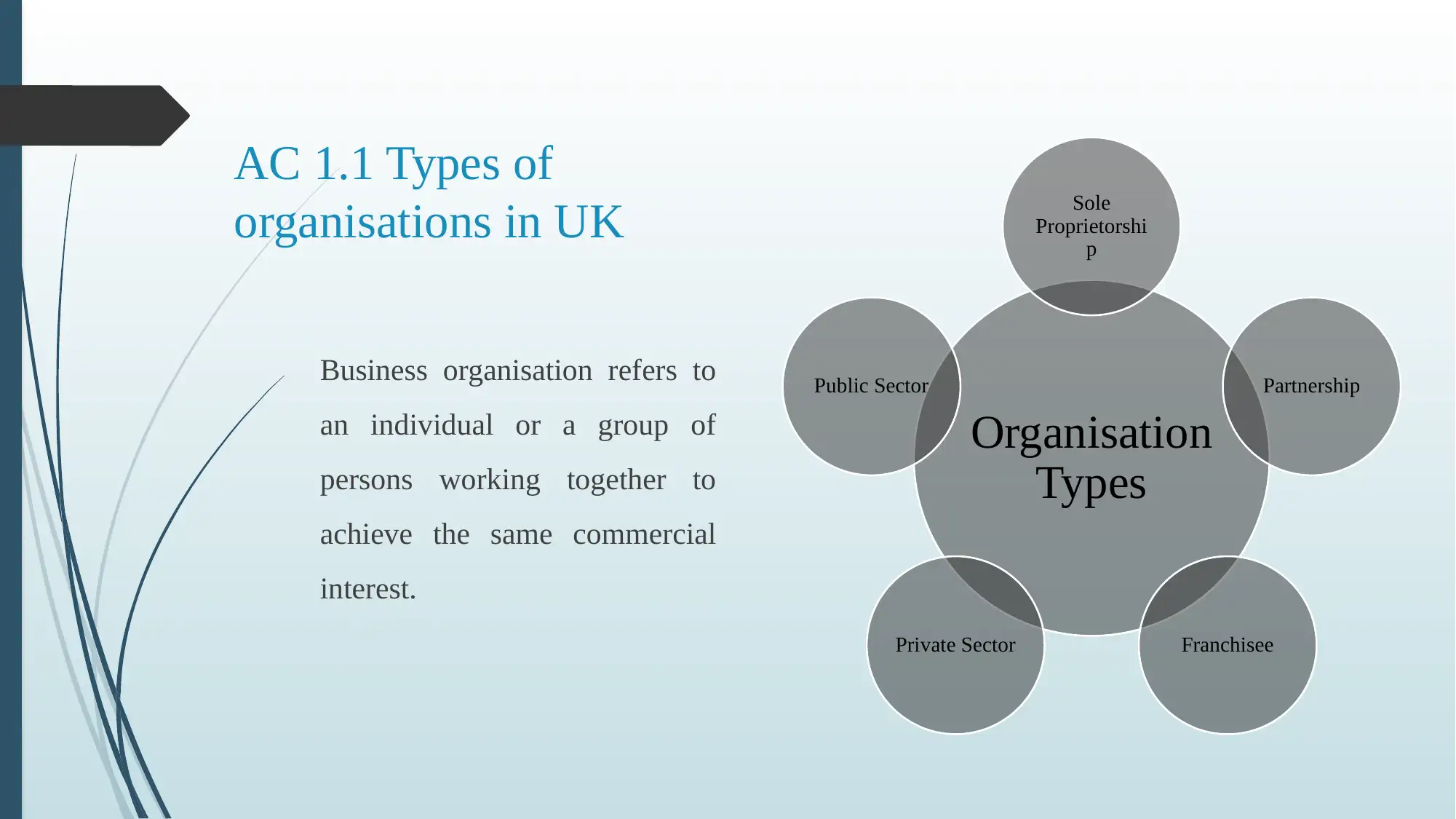
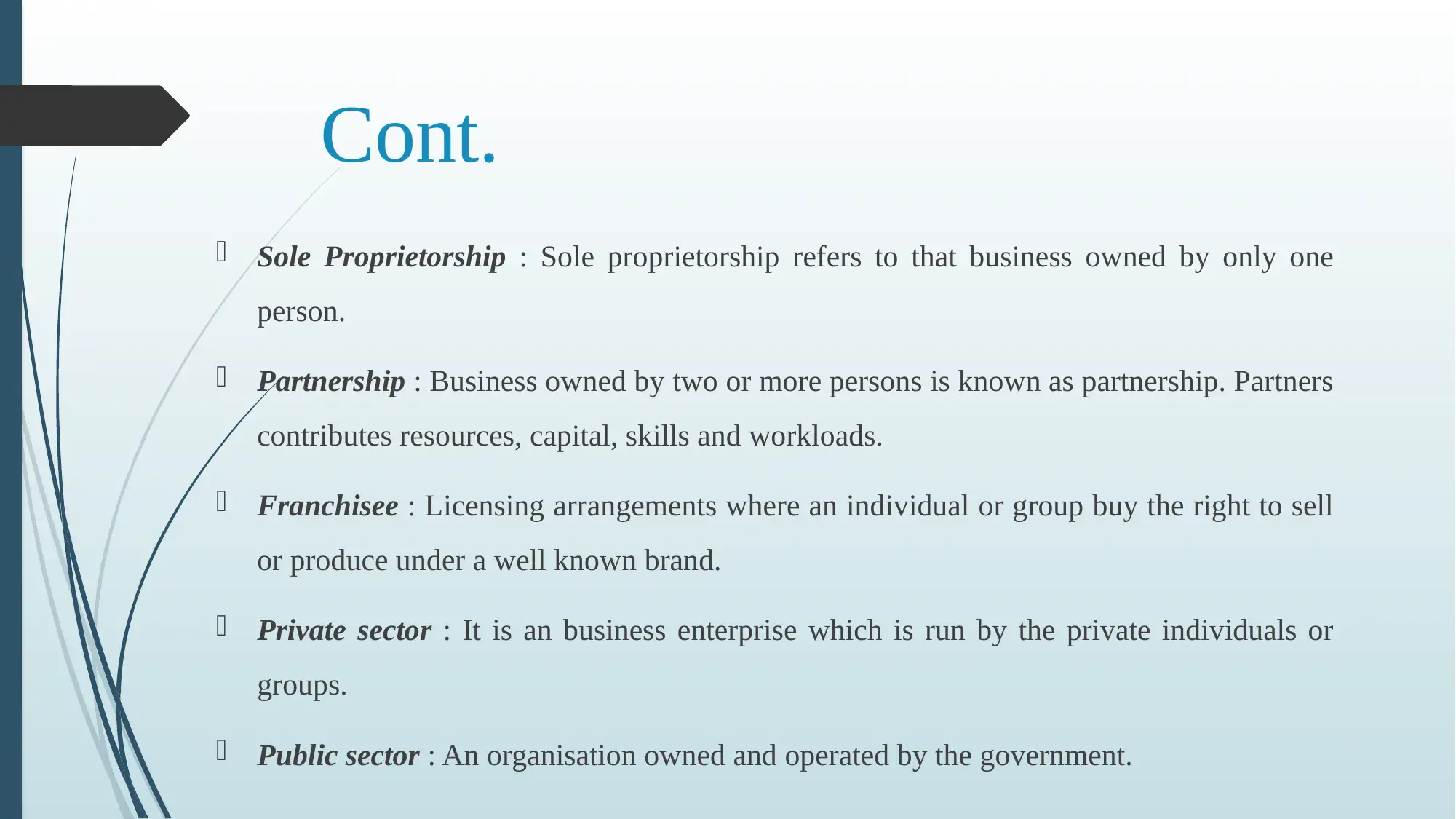
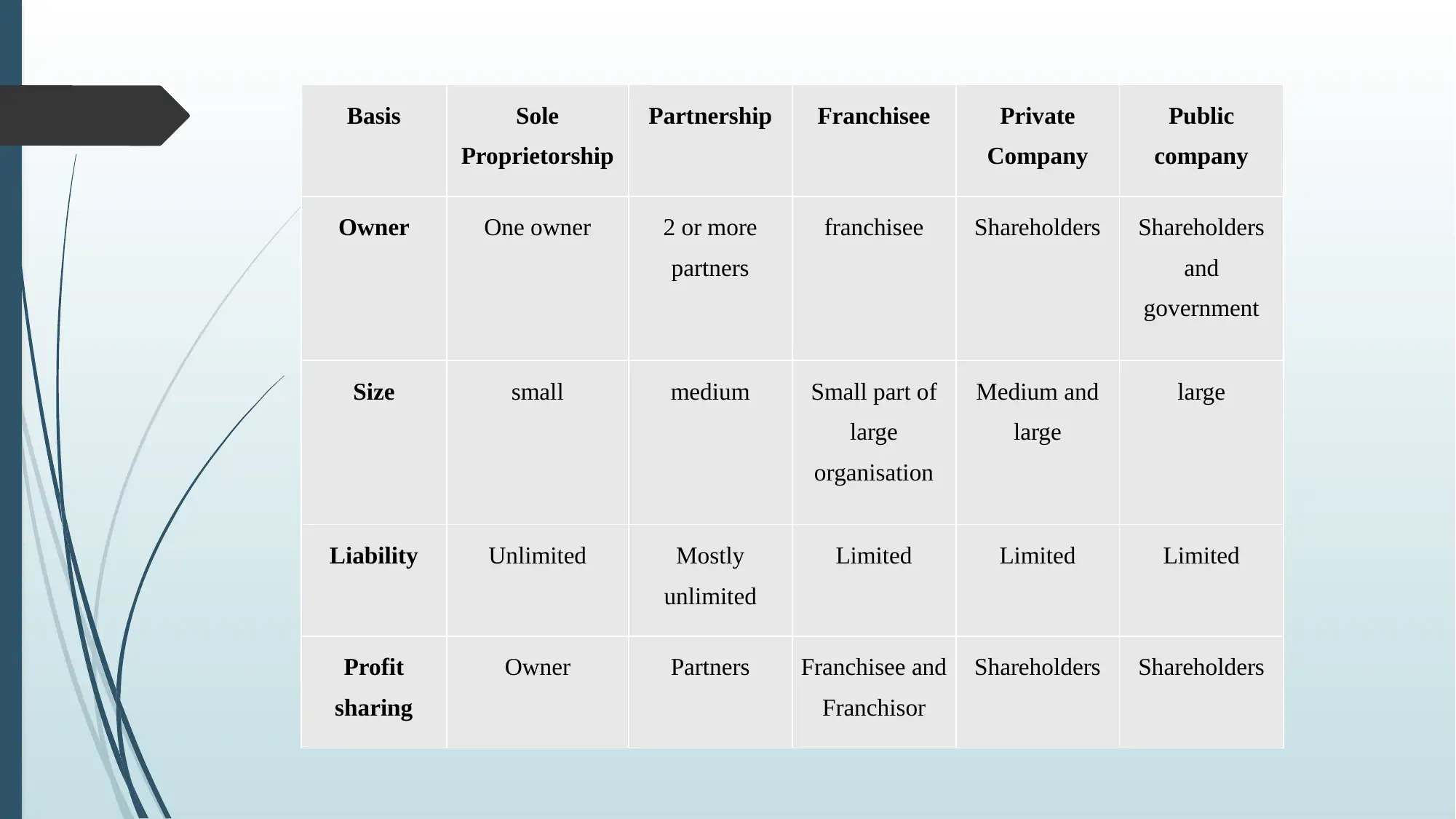
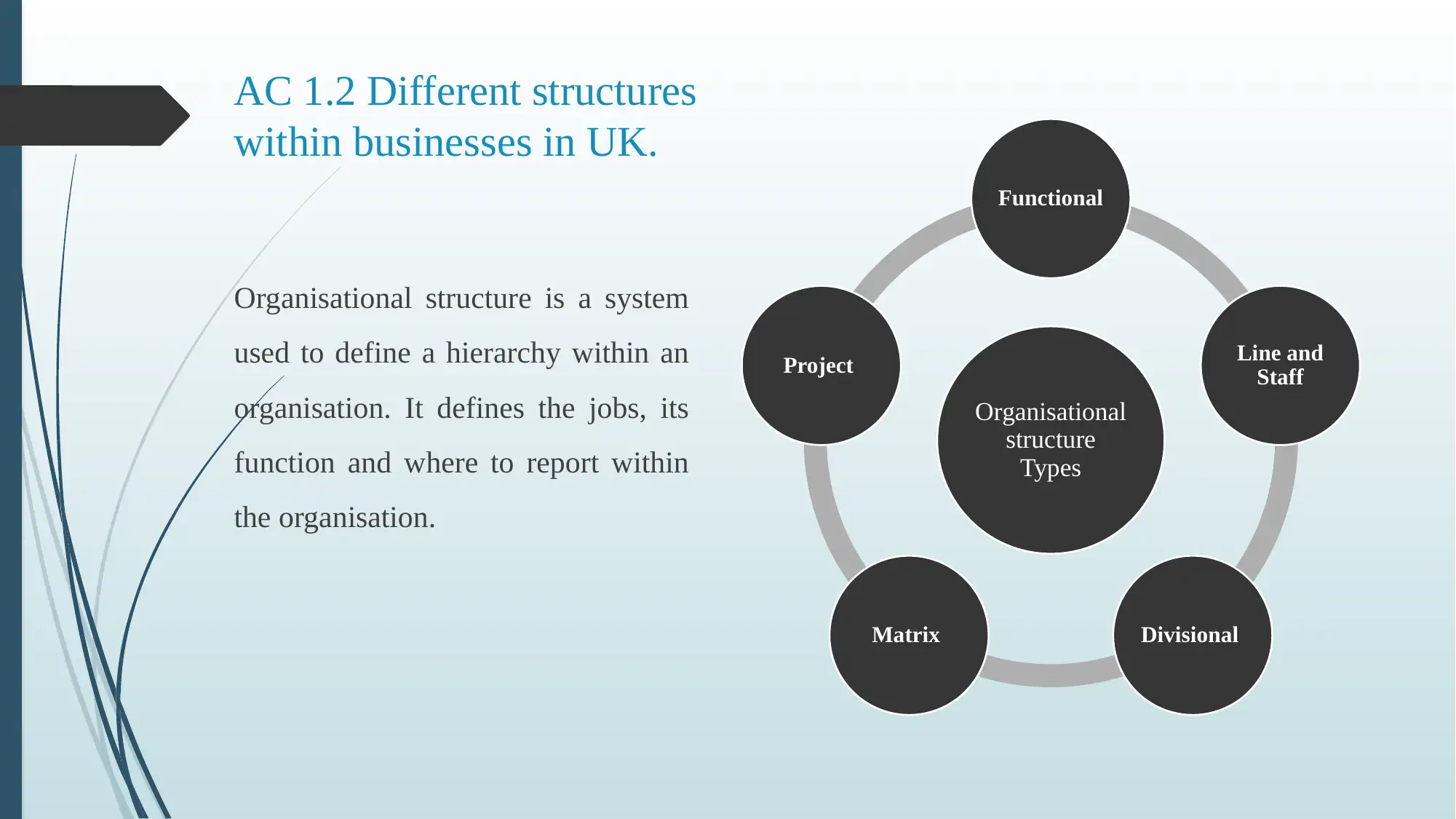
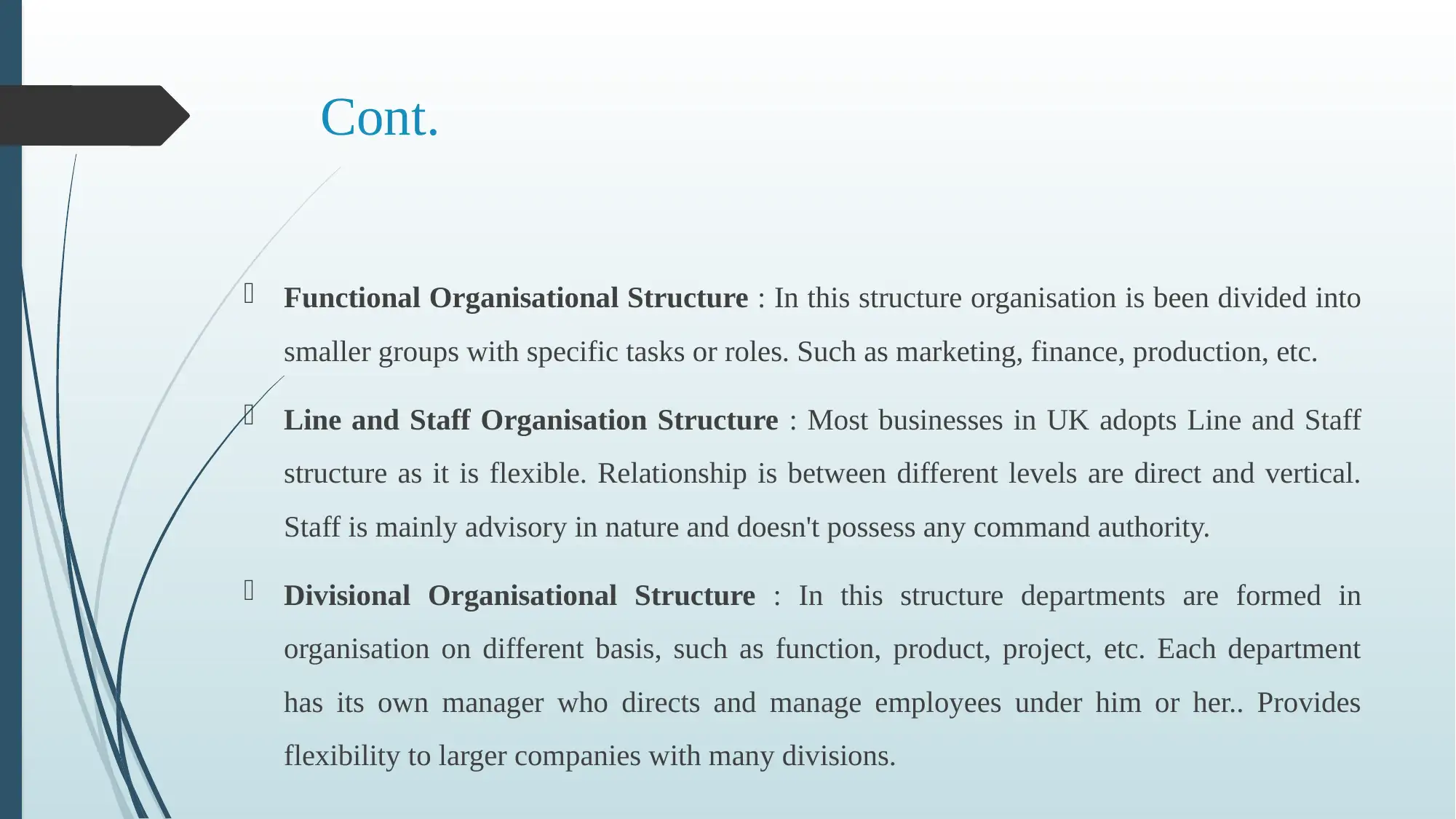
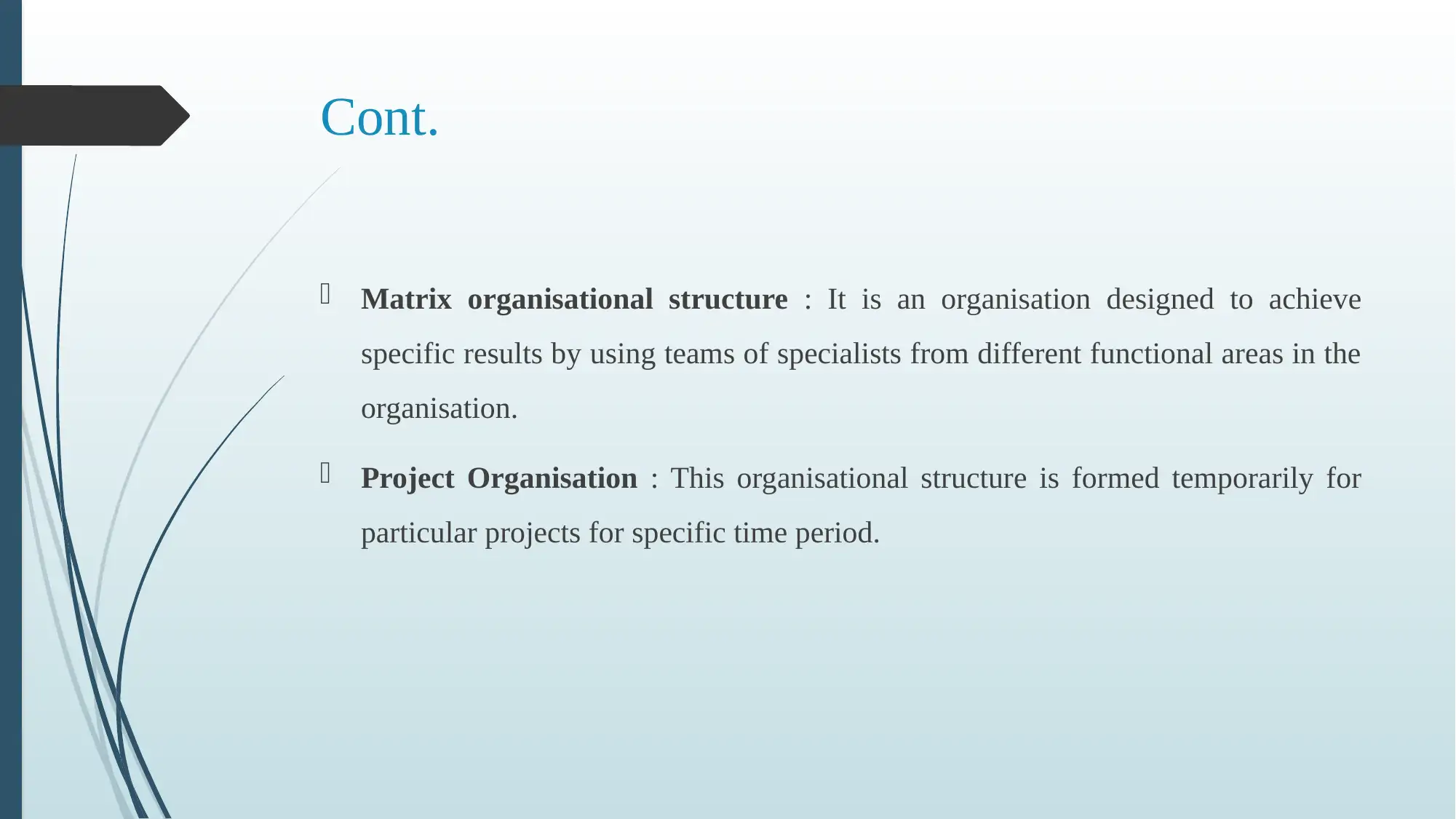
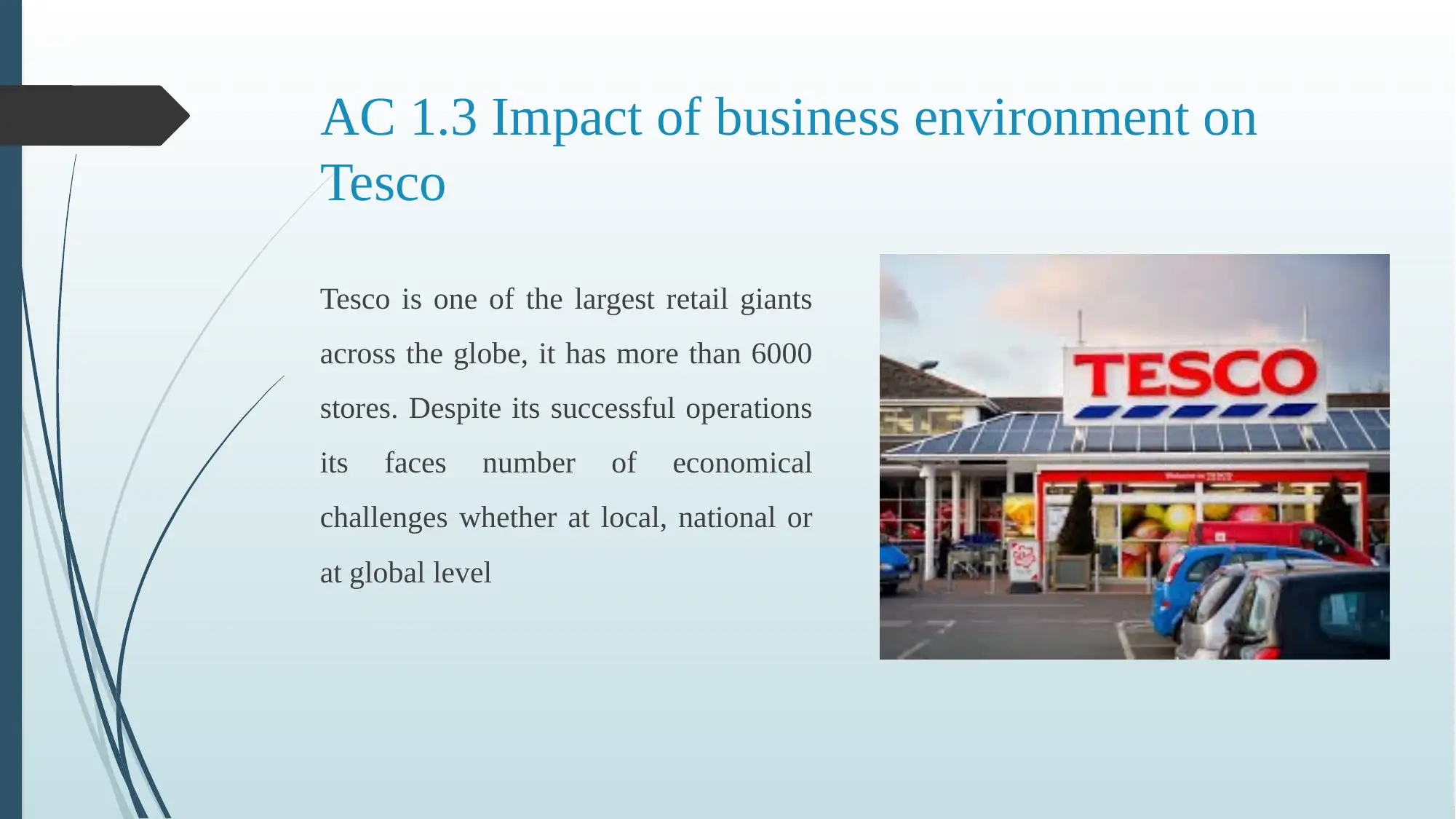
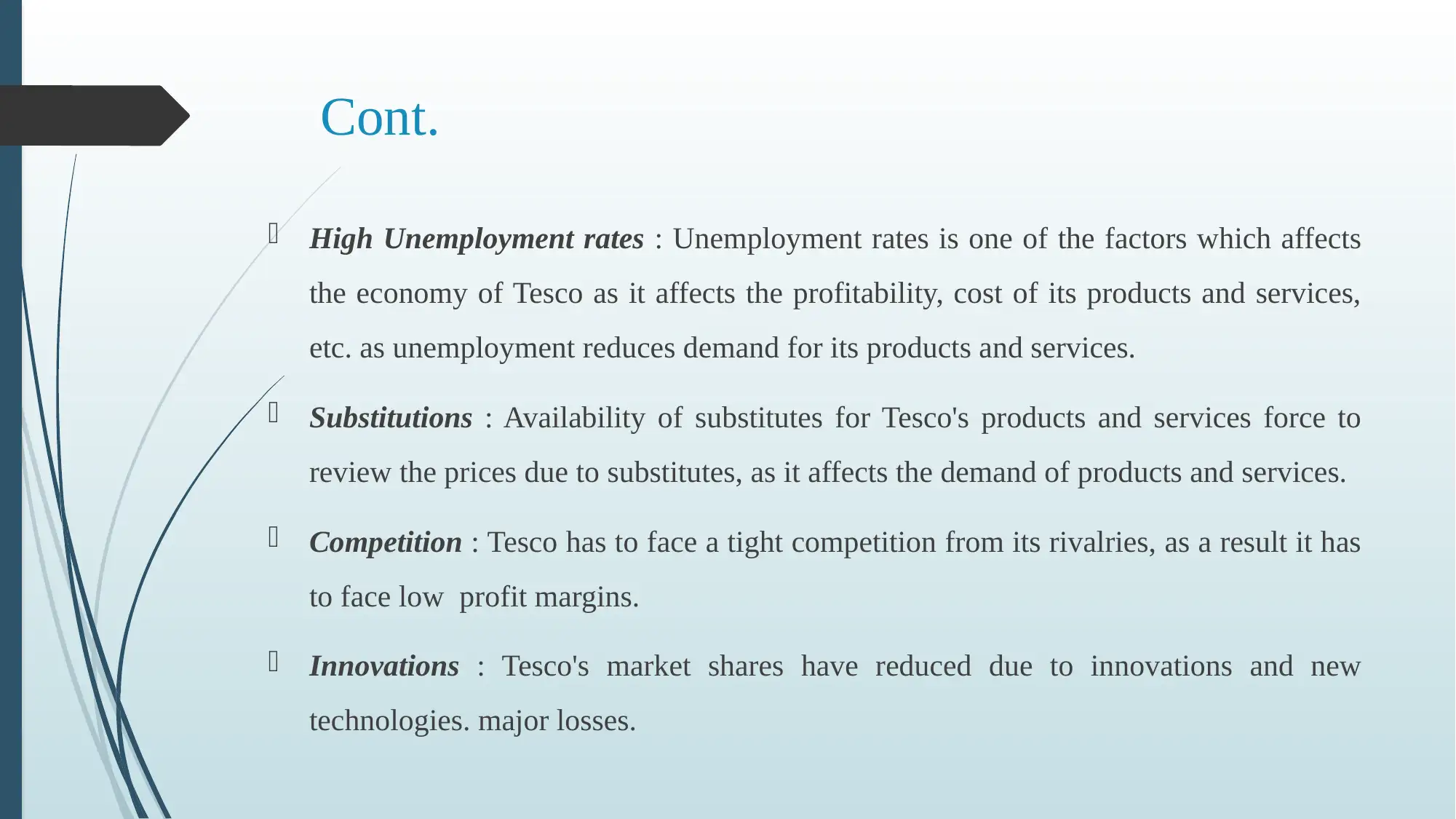
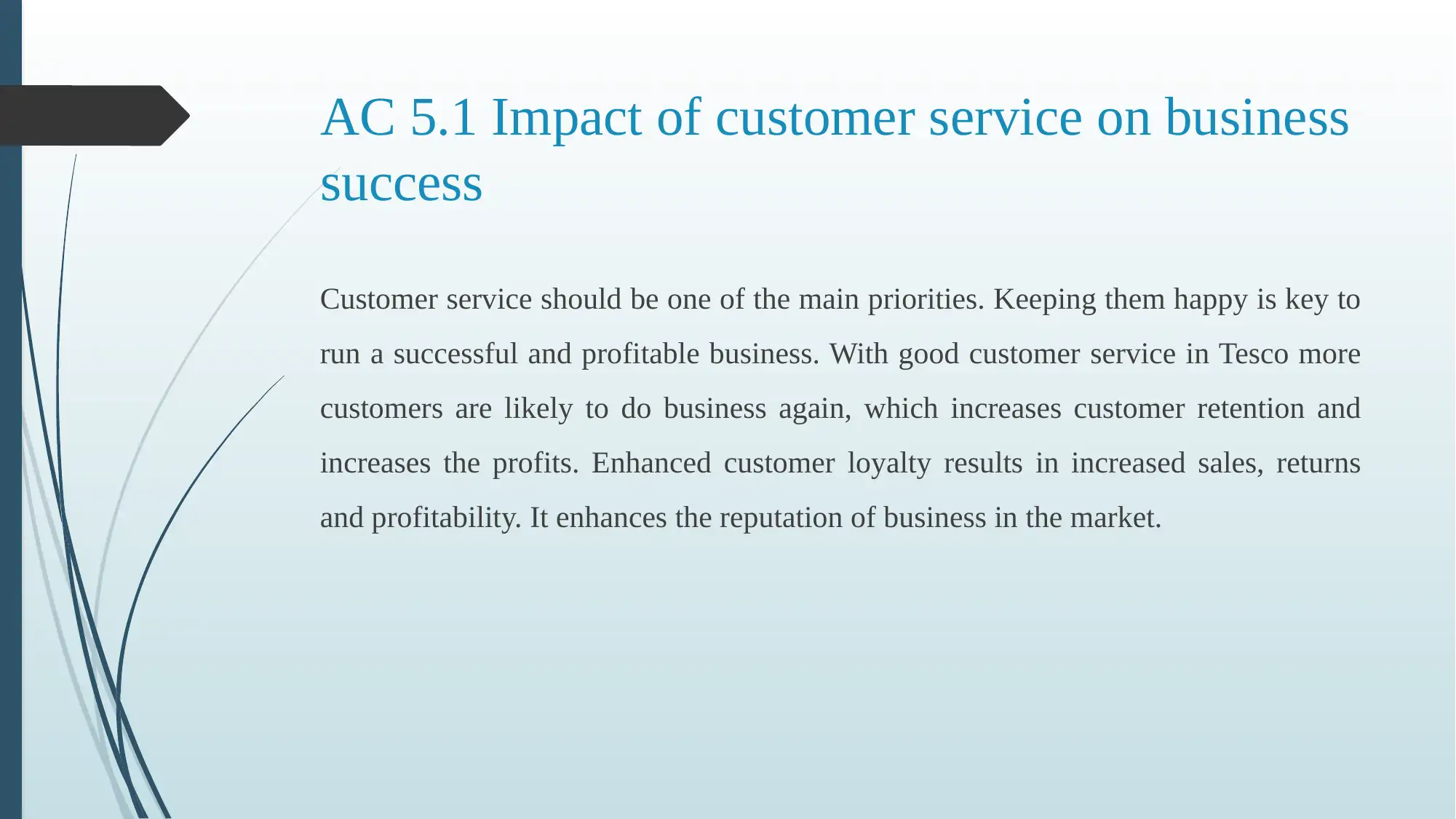
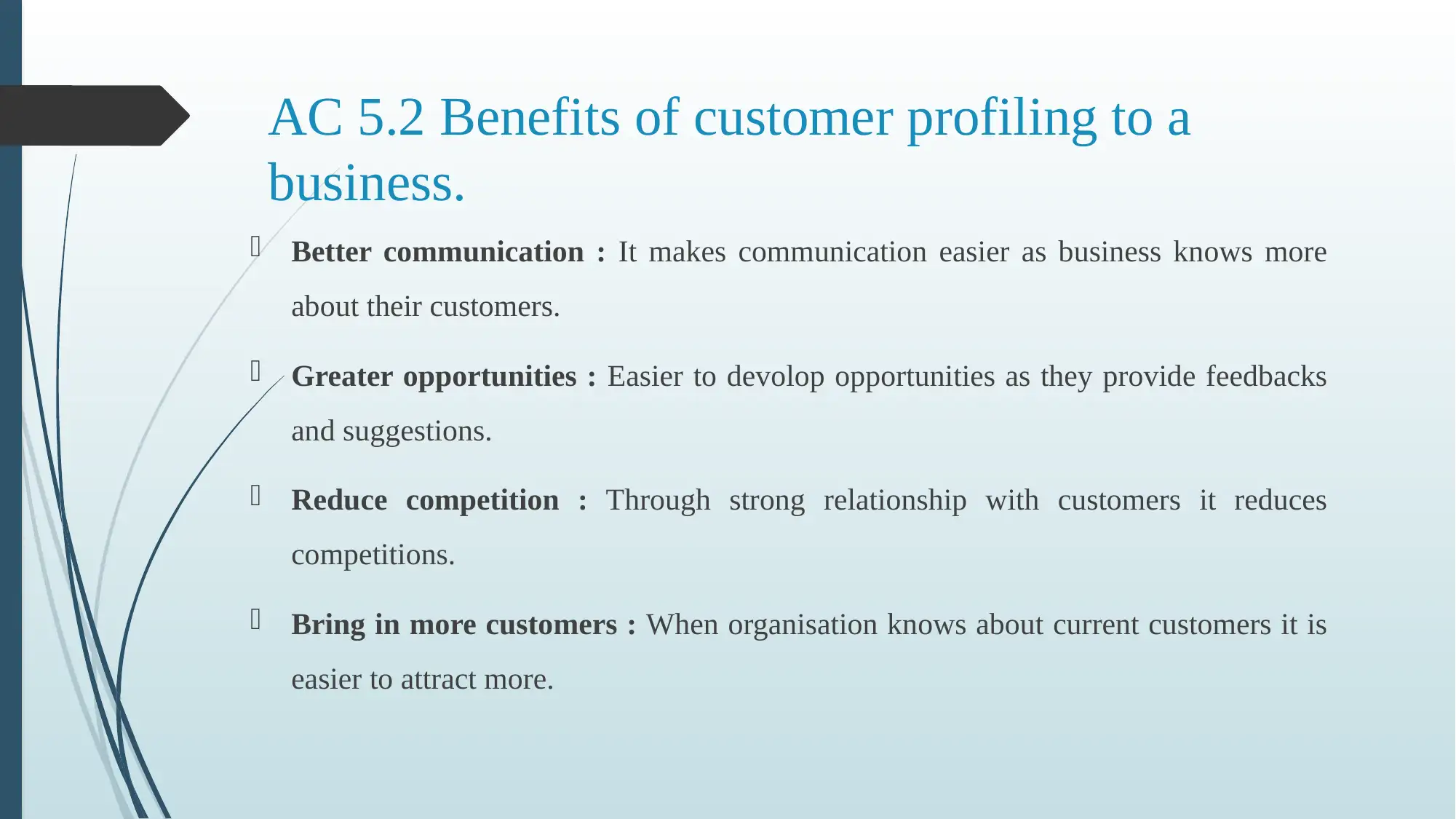
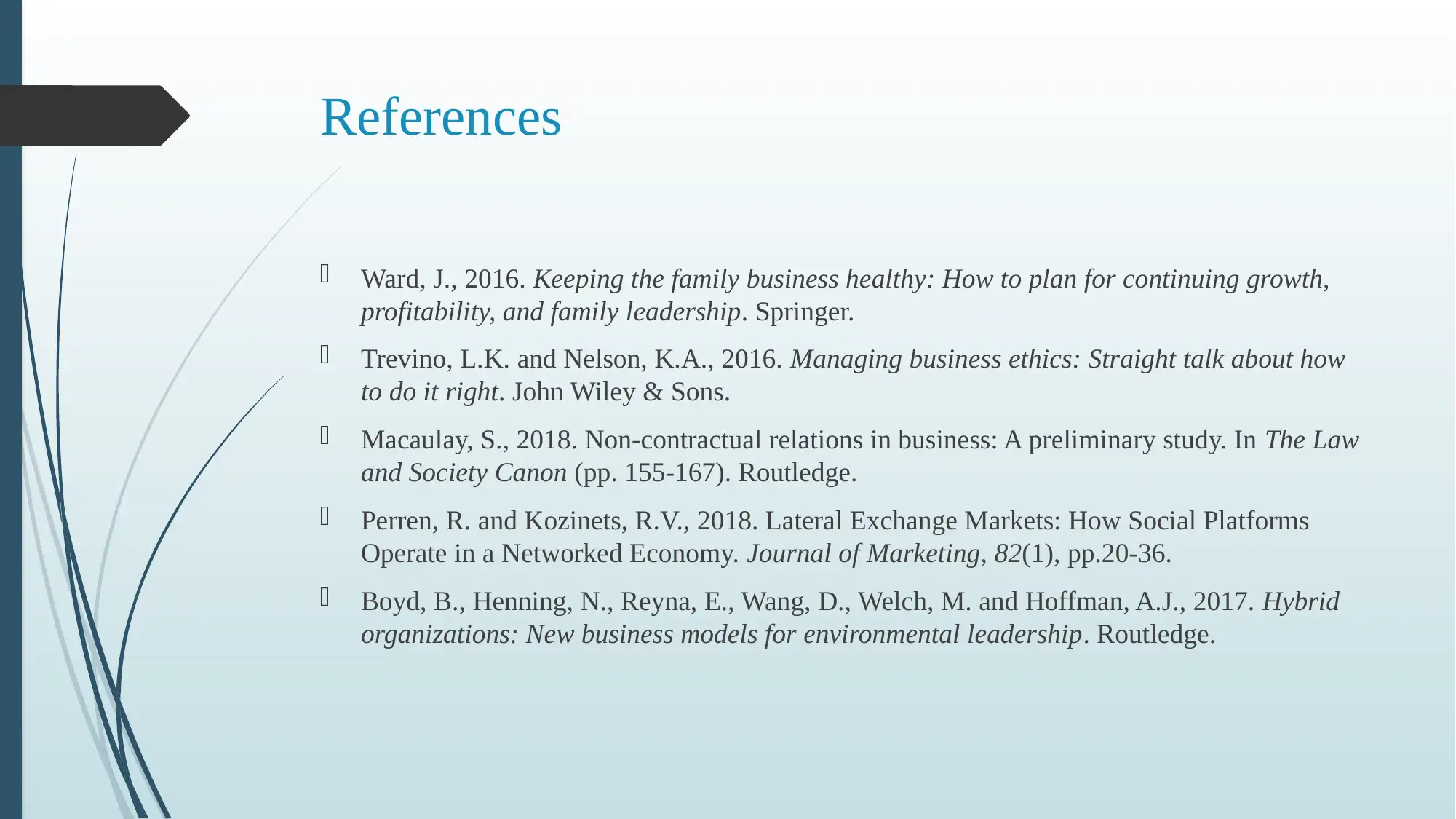
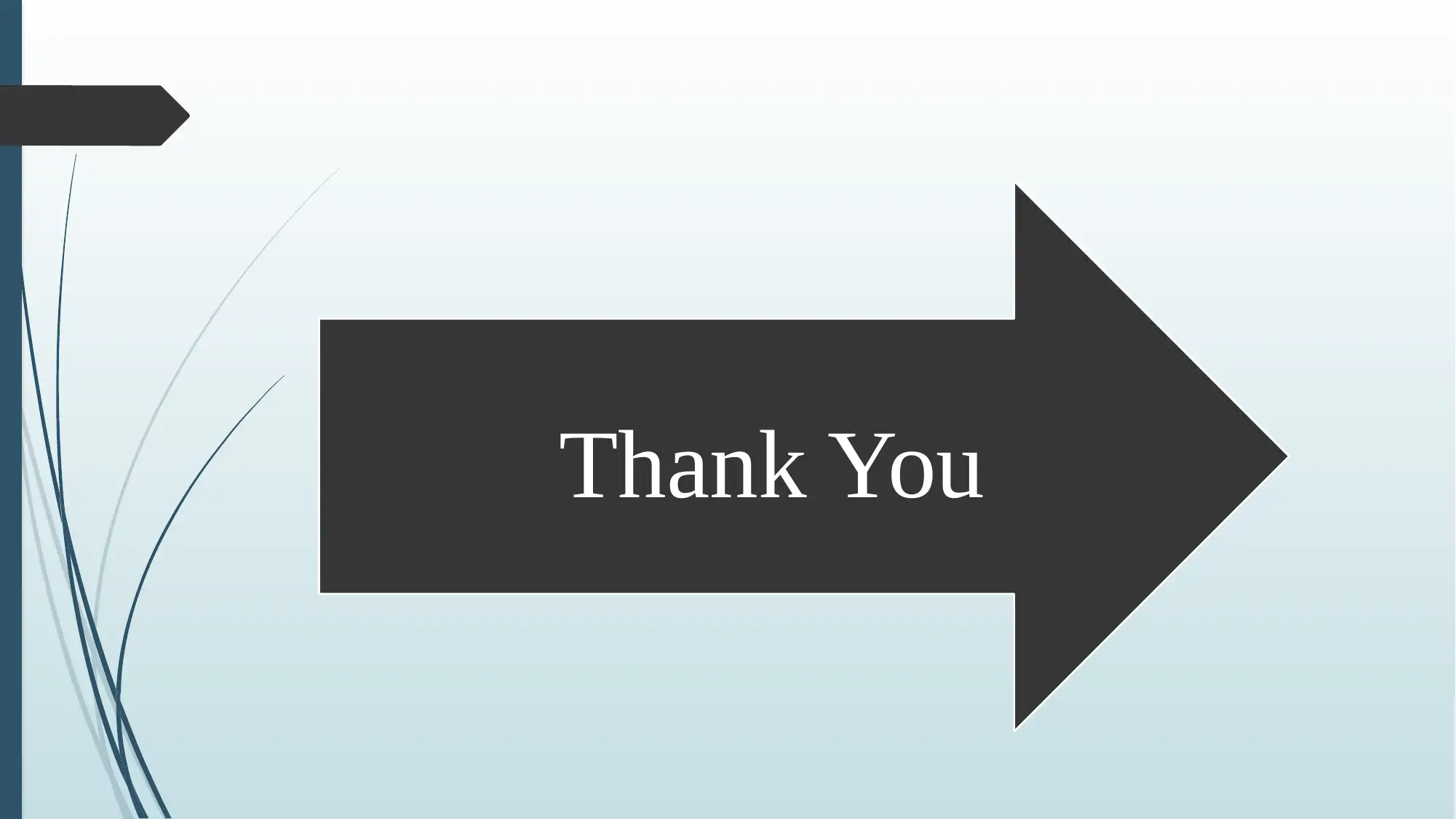






![[object Object]](/_next/static/media/star-bottom.7253800d.svg)